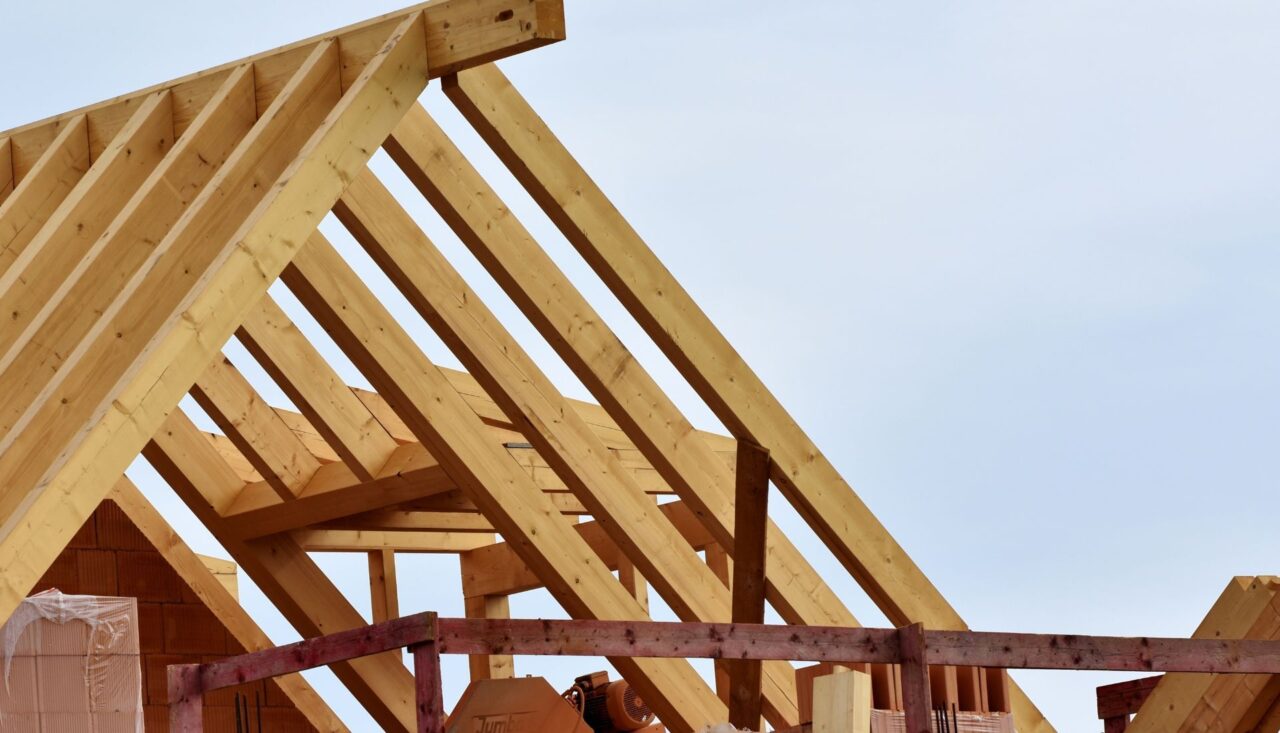Beyond the Shingles: Understanding the Essential Components of a Roofing System
Most homeowners think of shingles when they picture a roof, but there’s much more to a roofing system than just the visible layer. A well-functioning roof is a complex system of interconnected components working together to protect your home from the elements.
Understanding these components can help you make informed decisions about your roof and ensure its longevity. A properly functioning roof isn’t just about keeping the rain out; it’s about protecting your entire investment and ensuring the comfort and safety of your family. If you need to install a new roof or inspect your current roof, contact Noble Roofing for expert help!
The Roof Frame: The Underlying Structure
Before we get to the layers on top, it’s important to understand the roof frame. This is the skeletal structure that supports the entire roofing system. It’s typically constructed from wood rafters or trusses, which are engineered to distribute weight evenly across the walls of your home. The roof frame’s design (gable, hip, shed, etc.) dictates the shape of your roof. A strong and properly constructed roof frame is absolutely essential for the stability and longevity of your entire roofing system. Damage to the roof frame, whether from rot, insect infestation, or structural issues, can compromise the entire roof and require extensive repairs.
The Roof Deck: The Foundation of Your Roof
The roof deck, also known as sheathing, is the structural foundation of your roof. It’s typically made of plywood or OSB (Oriented Strand Board) panels and provides a surface for the shingles and other roofing materials to be attached to. A strong and stable roof deck is essential for the overall integrity of your roof. If the roof deck is damaged due to rot or water damage, it can compromise the entire roofing system, leading to leaks, sagging, and even structural failure. During a roof replacement, the condition of the roof deck is carefully inspected and repaired or replaced as needed.
The Underlayment: Your Roof’s Backup Plan
Let’s start with the underlayment. This layer, installed directly over the roof deck, acts as a secondary barrier against water intrusion. Think of it as your roof’s backup plan. It provides an extra layer of protection in case any water manages to get past the shingles, whether due to wind-driven rain, ice dams, or damaged shingles. Modern underlayments come in various forms, from traditional felt paper to more advanced synthetic materials, each with its own benefits in terms of water resistance, durability, and breathability. Choosing the right underlayment is crucial for preventing leaks and water damage, especially in areas with harsh weather conditions.
In areas prone to ice dams, heavy snow, or driving rain, installing an additional water barrier, often called an ice and water shield, is crucial. This membrane is typically installed along the eaves, in valleys, and around vulnerable areas like chimneys and skylights. It’s designed to create a watertight seal, preventing water from backing up and leaking into your home.
Flashing: Sealing the Edges
Next, we have the flashing. Flashing is like the sealant around the edges of your roof, preventing water from seeping into vulnerable areas. It’s installed around chimneys, vents, skylights, valleys (where two roof slopes meet), and other areas where the roof intersects with vertical surfaces. Flashing is typically made of metal, like aluminum or copper, and is designed to direct water away from these critical junctures. Properly installed flashing is essential for preventing leaks and protecting your home from water damage, which can lead to costly repairs and mold growth. Think of it as the first line of defense against water infiltration.
Ventilation: Keeping Things Cool and Dry
Ventilation is another critical, often overlooked, component of a healthy roofing system. Proper ventilation allows air to circulate through the attic, preventing the buildup of heat and moisture. This helps to regulate the temperature of your home, improve energy efficiency (reducing those summer cooling bills!), and prevent damage to your roof and other building materials. Without proper ventilation, trapped heat can cause shingles to deteriorate prematurely, and trapped moisture can lead to rot, mold, and structural damage. Common ventilation methods include ridge vents, soffit vents, and gable vents, all working together to create a balanced airflow.
Shingles: The Visible Layer of Protection
Finally, we have the shingles themselves. While they are the most visible part, they are just one piece of the puzzle. Shingles come in a variety of materials, styles, and colors, including asphalt shingles, metal roofing, tile, and wood shakes. Choosing the right shingle for your home is important for both aesthetics and performance. Consider factors such as durability, weather resistance, energy efficiency, and cost when selecting your shingles. A reputable roofing contractor can help you navigate the various options and choose the best shingles for your climate and budget.
Protecting Your Roof in Northern Virginia & Maryland
Understanding the essential components of your roofing system empowers you to make informed decisions about your home’s protection. When you work with a qualified roofing contractor, they will assess your specific needs and recommend the best combination of materials and installation techniques to ensure your roof provides reliable protection for years to come.
Don’t hesitate to ask your roofer about these components and how they contribute to the overall performance of your roof. Contact Noble Roofing today for a free quote and let our experts help you build a roofing system that goes beyond just the shingles and provides lasting protection for your home.

